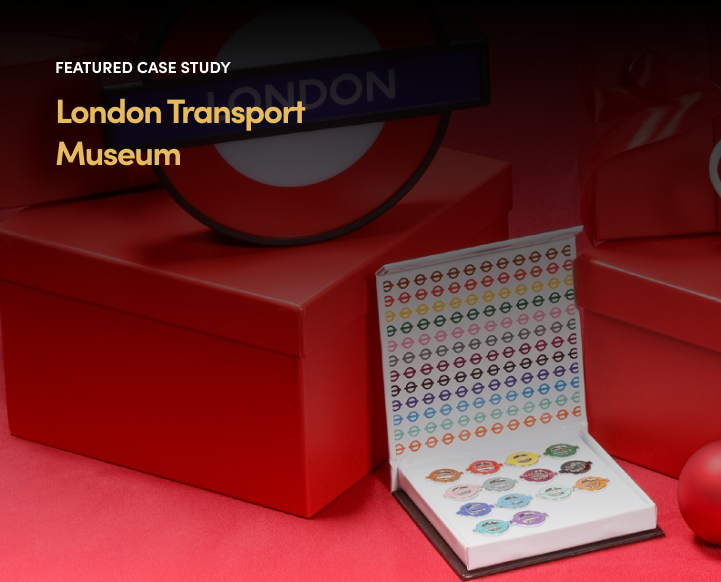Customer personalization is a powerful strategy for e-commerce businesses to enhance the shopping experience, increase engagement, and boost sales. Magento offers robust features and tools to implement effective customer personalization. Here’s a comprehensive guide on how to leverage Magento for customer personalization:
1. Understanding Personalization in Magento
Customer personalization involves tailoring the shopping experience to individual users based on their behavior, preferences, and past interactions. This can include personalized product recommendations, targeted marketing campaigns, customized content, and more.
2. Key Personalization Features in Magento
2.1 Product Recommendations
- Related Products: Suggest products related to the one being viewed.
- Up-Sell Products: Recommend higher-end products to the customer.
- Cross-Sell Products: Suggest complementary products during the checkout process.
2.2 Targeted Promotions and Discounts
- Customer Segments: Create segments based on customer data and target them with specific promotions.
- Cart Price Rules: Offer discounts based on cart contents, customer attributes, or purchase history.
2.3 Personalized Content
- Dynamic Blocks: Use dynamic blocks to display personalized content to different customer segments.
- CMS Pages: Customize CMS pages to show different content based on customer segments.
3. Setting Up Personalization in Magento
3.1 Using Magento’s Built-In Features
Step 1: Create Customer Segments
- Navigate to: Customers > Customer Segments.
- Add New Segment: Click on Add New Segment.
- Define Segment Conditions: Set conditions based on attributes like purchase history, location, and behavior.
- Save Segment: Save the customer segment.
Step 2: Configure Product Recommendations
- Navigate to: Catalog > Products.
- Select Product: Choose a product to edit.
- Related Products, Up-Sells, and Cross-Sells: Configure related products, up-sell products, and cross-sell products in their respective sections.
- Save Product: Save the changes.
Step 3: Set Up Targeted Promotions
- Navigate to: Marketing > Promotions > Cart Price Rules.
- Add New Rule: Click on Add New Rule.
- Rule Information: Enter rule information, including the name, description, and conditions.
- Actions: Define the discount actions and conditions.
- Customer Segments: Apply the rule to specific customer segments.
- Save Rule: Save the cart price rule.
Step 4: Use Dynamic Blocks
- Navigate to: Content > Elements > Dynamic Blocks.
- Add New Block: Click on Add New Block.
- Block Information: Enter block information, including the name and content.
- Display Settings: Set display settings and conditions for customer segments.
- Save Block: Save the dynamic block.
4. Leveraging Extensions for Advanced Personalization
For more advanced personalization, you can use third-party extensions. Here are a few popular options:
4.1 Nosto
- URL: Nosto
- Features: AI-powered product recommendations, personalized pop-ups, and dynamic content.
4.2 Algolia
- URL: Algolia
- Features: Advanced search and discovery API, personalized search results, and recommendations.
4.3 Amasty Customer Segmentation Suite
- URL: Amasty Customer Segmentation Suite
- Features: Advanced customer segmentation, targeted promotions, and personalized content.
5. Personalization Best Practices
5.1 Use Data Effectively
- Collect Data: Gather data from customer interactions, purchase history, and behavior.
- Analyze Data: Use analytics tools to gain insights and segment customers effectively.
5.2 Test and Optimize
- A/B Testing: Conduct A/B testing to determine the effectiveness of different personalization strategies.
- Continuous Improvement: Continuously monitor and optimize personalization tactics based on performance data.
5.3 Maintain Relevance
- Keep It Relevant: Ensure personalized content and recommendations are relevant to the customer’s interests and behavior.
- Avoid Over-Personalization: Don’t overwhelm customers with too much personalization; find a balance that enhances the shopping experience.
Example: Setting Up Personalized Product Recommendations with Nosto
Step 1: Install the Nosto Extension
- Navigate to: Magento Marketplace.
Search for Nosto: Find the Nosto extension and install it via Composer.
bash
Copy code
composer require nosto/module-nosto-tagging
php bin/magento setup:upgrade
php bin/magento setup:static-content:deploy
php bin/magento cache:clean
Step 2: Configure Nosto
- Navigate to: Stores > Configuration > Nosto.
- API Key: Enter your Nosto API key.
- Enable Nosto: Enable Nosto and configure the settings according to your needs.
Step 3: Set Up Product Recommendations
- Navigate to: Content > Widgets > Add Widget.
- Type: Select Nosto Recommendations.
- Layout Updates: Choose where to display the recommendations (e.g., product pages, category pages).
- Configure Recommendations: Customize the recommendation settings and appearance.
- Save Widget: Save and deploy the widget.
Conclusion
Implementing customer personalization in Magento can significantly enhance the shopping experience and drive sales. By using Magento’s built-in features and leveraging advanced extensions, you can deliver personalized content, recommendations, and promotions that resonate with your customers.
If you need further assistance or specific recommendations on customer personalization in your Magento store, feel free to ask!
Ready to take your e-commerce business to the next level? We’re here to help you succeed in the digital marketplace. Whether you’re looking to launch a new online store or optimize an existing one, our team at 247Commerce has the expertise and solutions to meet your needs.
Email: hey@247commerce.co.uk
Phone: +44 20 4547 9292


